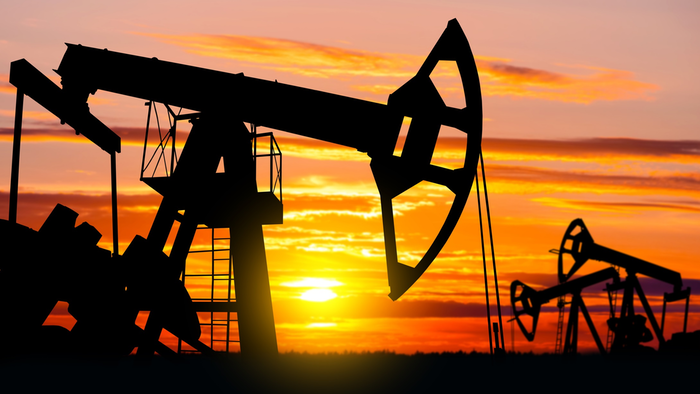Oil & Gas 4.0

The use of technology has helped ensure the profitability of the oil and gas industry despite a 50 per cent fall in prices in five years. Unmanned rigs are now commonplace, complex operations are monitored from a single control room, leaks and emissions of greenhouse gases can be identified by drones and satellites, removing much of the need for direct human inspection. Numerous technologies are being applied in ways that can reduce cost and improve productivity. The key question, however, is whether the digital revolution can answer the sector’s biggest challenge: how to secure future production. Oil demand is not falling. There may be 7m electric vehicles on the world’s roads but there are also 1.2bn vehicles with internal combustion engines.
What is Oil & Gas 4.0?
Oil and Gas 4.0 means rethinking how our industry adopts and applies technology, connects with non-traditional partners, shows environmental leadership and most importantly attracts and retains talent.
Currently, the future outlook of oil and gas is challenging owing to many factors. The most prominent of these are low oil prices, emergence of new hydrocarbon sources, increasing penetration of renewable energy, electric vehicles, strict carbon regulations, and better energy storage technologies. To deal with these challenges, many companies involved in the mid and downstream industry of oil and gas are changing their business models and shifting their main revenue streams.
However, this is not an option for the upstream industry whose business is built entirely on oil and gas extraction. Thus, the only way for upstream companies to overcome the above challenges is to improve their efficiency — and this is where Industry 4.0 can help.
Despite shrinking margins, most upstream companies have sufficient budgets to invest in a robust Industry 4.0 strategy from exploration to production. This strategy should include solutions that improve project design and evaluation, enable unmanned drilling operations, increase reliability on the ecosystem, and predict maintenance needs. Such capabilities will not only increase efficiency but also support profitable growth
Upstream 4.0
Upstream project stack 4.0
Industry 4.0 will change how organizations design, evaluate and choose the best project by allowing them to consider as many parameters as possible. When advanced analytics and digital modeling techniques are applied to various data inputs, they create a digital framework that can generate and evaluate an exhaustive number of projects. Based on these evaluations, companies can then choose projects that suit their chosen parameters.
Upstream drilling and oil well stack 4.0
Digital solutions can be used to revamp the upstream oil well stack by enabling better coordination among different stakeholders involved in executing and automating drilling. For instance, blockchain technology can set the standards of collaboration among stakeholders and service providers. It can also boost data security by enabling secure sharing of sensitive data within the ecosystem. Besides reducing risk, blockchain saves cost by eliminating transaction fees.
Upstream production stack 4.0
Industry 4.0 can help upstream companies digitally connect operational assets and evaluate asset performance for efficiency, damage and maintenance needs. This will have a positive impact on top as well as bottom lines of the operations’ profit and loss (P&L). IoT sensors and remote-controlled drones can gather operational data and surveil individual assets in real-time, allowing companies to better understand on-ground operations.
